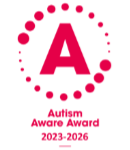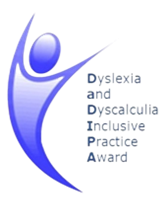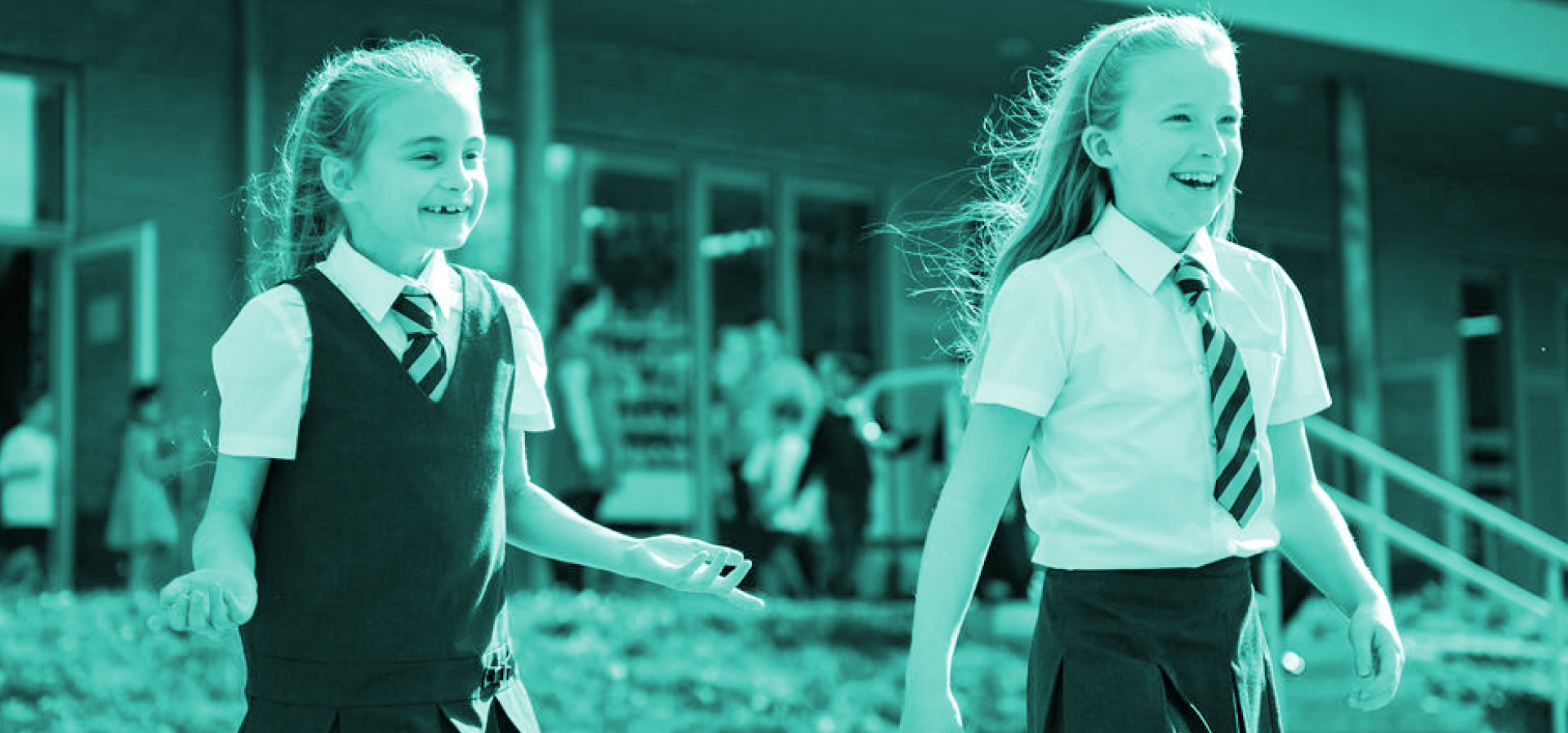
Maths
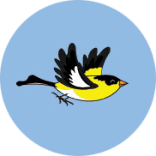
Intent

Implementation
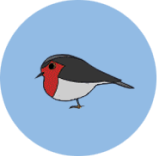
Impact

Please see the supporting Maths Knowledge Organisers which are used in lessons. These are a summary of the key facts and essential knowledge that our children will need about their specific unit of work.
1. Intent
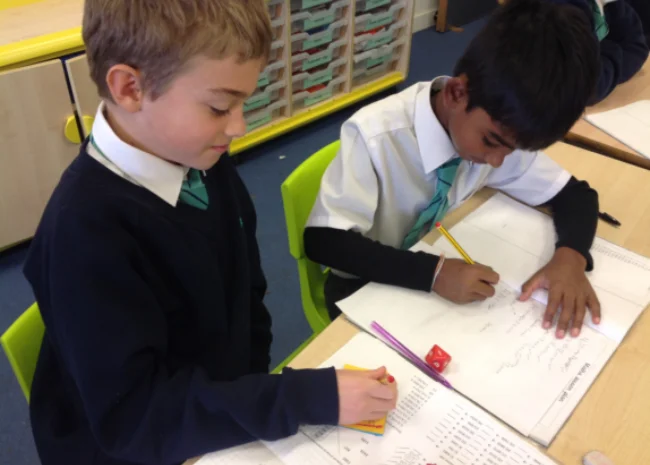
At Arunside, we aim for our children:
- To have a passion for mathematics;
- To understand where mathematics can take them in future careers;
- To have the resilience to tackle problems, including real-life problems;
- To make positive progress and attain to the best of their ability;
- To achieve fluency in order to free up their working memory and develop conceptual and procedural understanding;
- To be able to tackle increasingly complex problems and
- To be able to reason and problem solve mathematically.

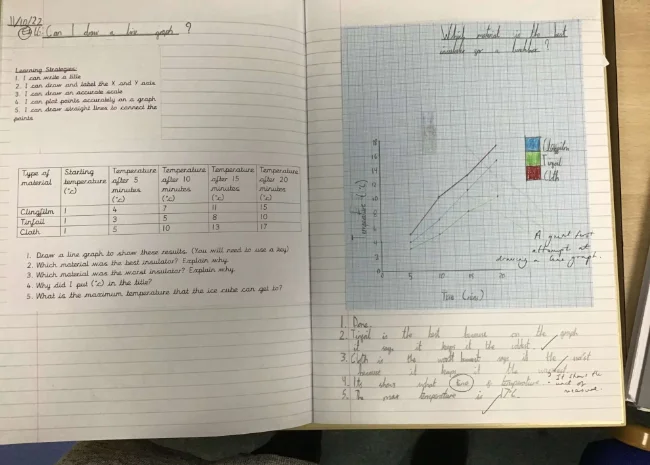
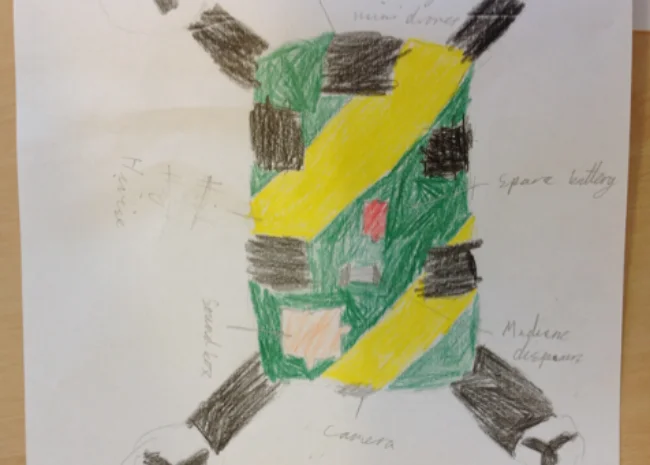
2. Implementation
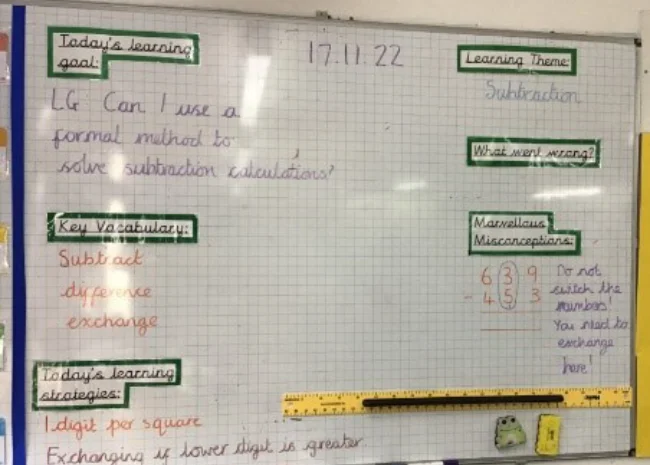
Teaching and Learning
At Arunside, we follow a spiral curriculum approach and is taught everyday in Reception to Year 6. There is a significant body of literature which has proved that the spiral curriculum has been linked to improved learning outcomes. This approach to teaching enables children to:
- Consolidate and master their learning before moving on;
- Practise and develop ideas that they may not have previously learnt or mastered sufficiently;
- Meet new learning that increases in complexity and
- Make connections between prior and new learning.
In Year 1 to Year 6, you will typically see:
- A Tough Ten. These are 10 short fluency-based questions to support arithmetic;
- Retrieval practice from previous lessons;
- An explicit learning goal so that all children are clear about what they are learning;
- Vocabulary explained and displayed.
- Up to date working walls which include worked examples, vocabulary and misconceptions;
- Differentiated challenges to ensure support and challenge for all learners;
- Extension challenges to ensure quicker learners apply, deepen and extend learning;
- A core focus on fluency at the start and throughout a topic;
- Reasoning and problem solving taught explicitly once fluency is achieved;
- Children working independently, in groups and pairs;
- Adults working with (groups of) children to support and challenge;
- An opportunity to reflect at the end of lessons either in writing or verbally;
- Mixed ability seating as much as possible;
- Struggling learners being supported either within or after lessons and
- Meaningful home learning, set on our online platforms, to reinforce learning completed in class.
In EYFS, you will see:
- A formal maths lesson which is taught as a whole class;
- Mathematical continuous provision which may be led by an adult;
- Continuous provision with non-explicit mathematical opportunities such as measurement through water play, creating patterns with Lego bricks or signing mathematical songs and rhymes;
- A rich mathematical learning environment such as a maths display, physical maths resources and opportunities to learn through play.
Maths in the wider curriculum
- Provide mathematical opportunities in other areas of the curriculum. For example, in science, children measure forces in Newtons and statistics (such as bar charts) are used in geographical fieldwork. For example, in year 4, as part of their Geography of the local area study, mathematical data collection is used. In Year 2, the children use data collection as part of their science investigation into living things and their habitats.
- Provide mathematical opportunities in clubs and internal and external competitions. We have a STEM club where Year 3 children use data handling to work towards the CREST award and our ROAR club for Year 6s which had them looking at speed limits of emergency service vehicles when designing an emergency drone. The learning of times tables is promoted on Times Tables Rockstars in competitions such as ‘England Rocks’. Children are also given the opportunity to represent Arunside at external mathematics competitions, such as the Christs Hospital Maths Competition and the A.I.M High Maths day at Heron Way.
Inclusion
The spiral curriculum approach has several key benefits for all our learners:
- Key information is reinforced and strengthened each time a child revisits a topic;
- The curriculum allows for logical progression of a topic from simplest ideas to more complex ones.
- Children are encouraged to apply their knowledge and make connections with their learning.
- Any children who requires additional support or challenge can be identified in the early phases of the spiral.
At Arunside, although it is our expectation that the vast majority of our children move through the content at broadly the same pace, we recognise that there is plenty of opportunity to cater for childrens’ differing needs.
Assessment
- On an everyday basis, teachers continuously monitor progress through regular marking of books, precise questioning and formative assessment such as independent work, weekly PiXL testing and times tables testing.
- Summative assessment takes place on a half-termly basis in Years 2-6 and question level analysis is used by teachers to identify gaps and plan to address these. It is the role of our Raising Standards Lead to monitor this.
- We use Insight as an assessment tracker, as well as a tool for identifying next steps for all children, including those working at below year group expectations.

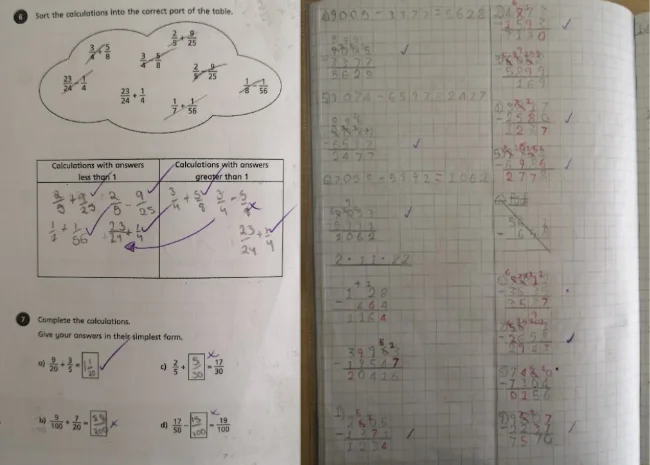
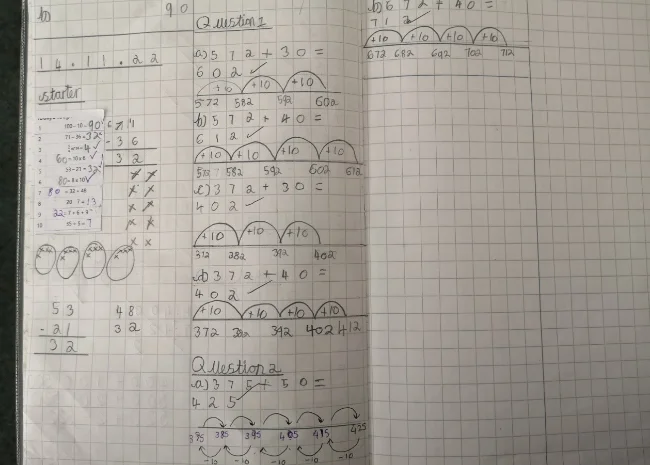
3. Impact
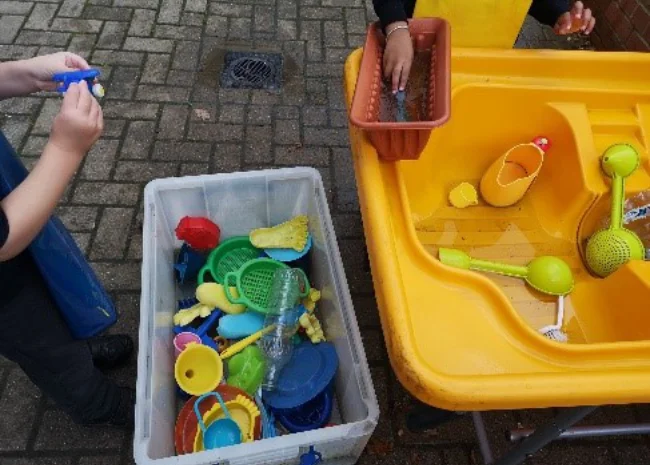
The children at Arunside thoroughly enjoy their maths lessons. Children are confident, resilient and engage in lessons with enthusiasm and positivity. During our most recent pupil conference, here is what the children had to say:
Our books demonstrate progression across lessons and topics, they demonstrate a growing confidence of the children within a topic and contain a variety of activities.
Our children are able to make connections with their prior learning. The children are able to identify the knowledge and skills they already have, from home and school, and use these to help them in lessons.
Our staff are confident in the planning, teaching and assessment of mathematics. During our most recent staff survey, staff identified the following as making the biggest impact on learning:
- Practical resources and adult support.
- Concrete resources, support from an adult, re-explaining something in a different way, worked examples.
- TA support, differentiated work and group work.
- Revisiting work, adult time and partner talk.
Children achieve high levels of attainment in both KS1 & KS2 formal examinations and teacher assessment. Arunside is considered to be in the well above average category for progress and in the top 10% in the country. From our last statutory assessment, at the end of KS1, 84% of children achieved age related expectations, with 22% of children working at greater depth. Similarly, at the end of KS2, 80% of children achieve age related expectations, with 57% of children working at greater depth.
In Year 4, we learnt how to add and subtract fractions with the same denominators. Last week, we were learning how to add and subtract fractions with different denominators and I remembered that I had to make sure that the denominators were the same.
Year 5
I love maths because you get to learn new words.
EYFS
In maths, we get to learn lots of different strategies.
Year 3
When you make mistakes it shows that you have tried.
Year 4
In Year 1, we learnt the words vertices, edges and faces. Today I used those words when we were learning about 3D shapes.
Year 2
In maths, we are learning about weighing, heaviest and lightest. My daddy has already told me about 1kg and we also weigh ingredients when we make sweet treats at home.
Year 1
We have been learning how to order fractions. Last week, we learnt how to represent fractions with diagrams. Because I was able to draw a diagram today, I could easily order the fractions.
Year 3
I was adding and subtracting fractions with different denominators. I used basic addition and subtraction but also remembered from Year 3 that fractions are equal parts of a whole.
Year 4
Today, we were looking at scale factors. I used my times tables knowledge, as well as my knowledge of finding the area of a quadrilateral and a triangle.
Year 6


